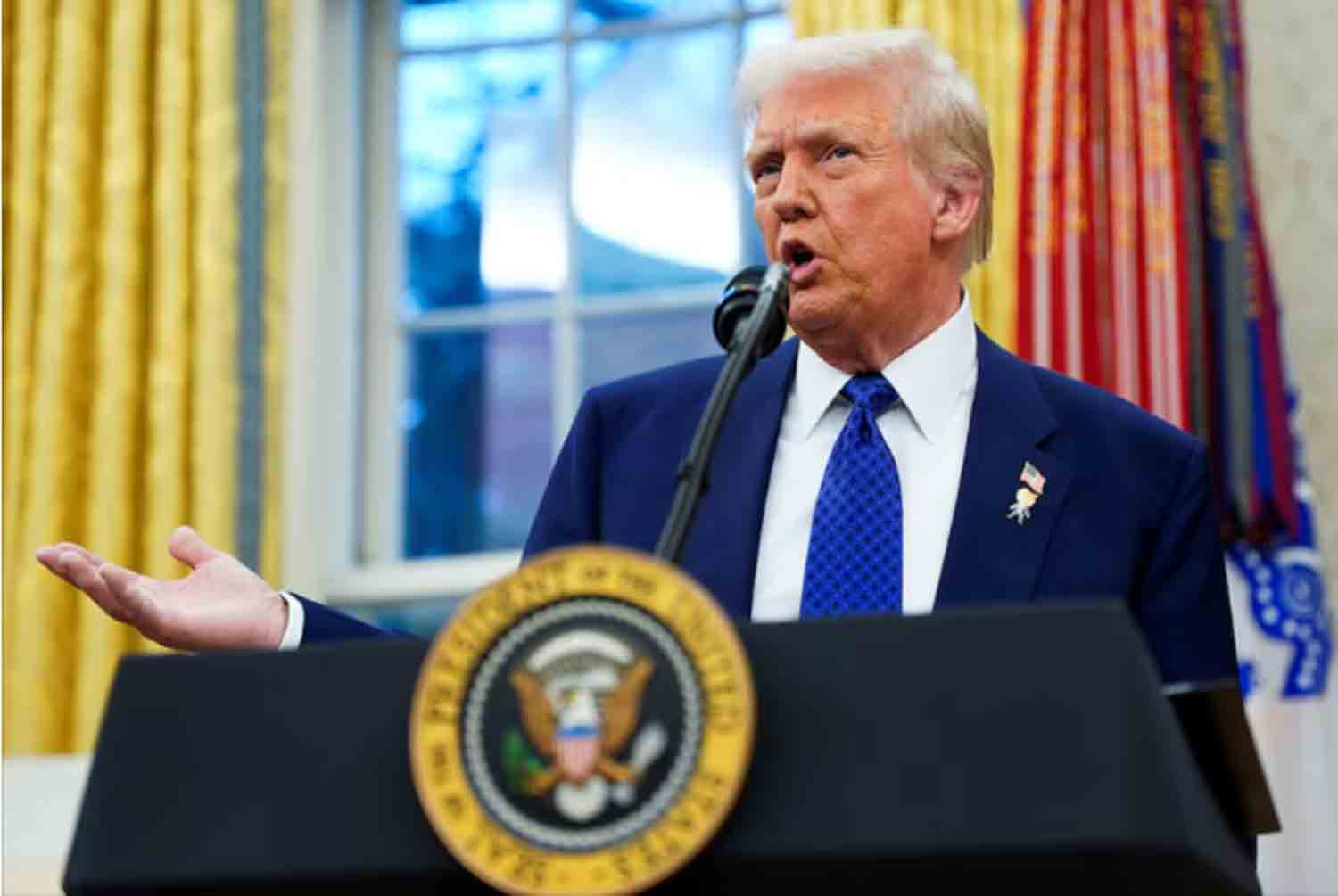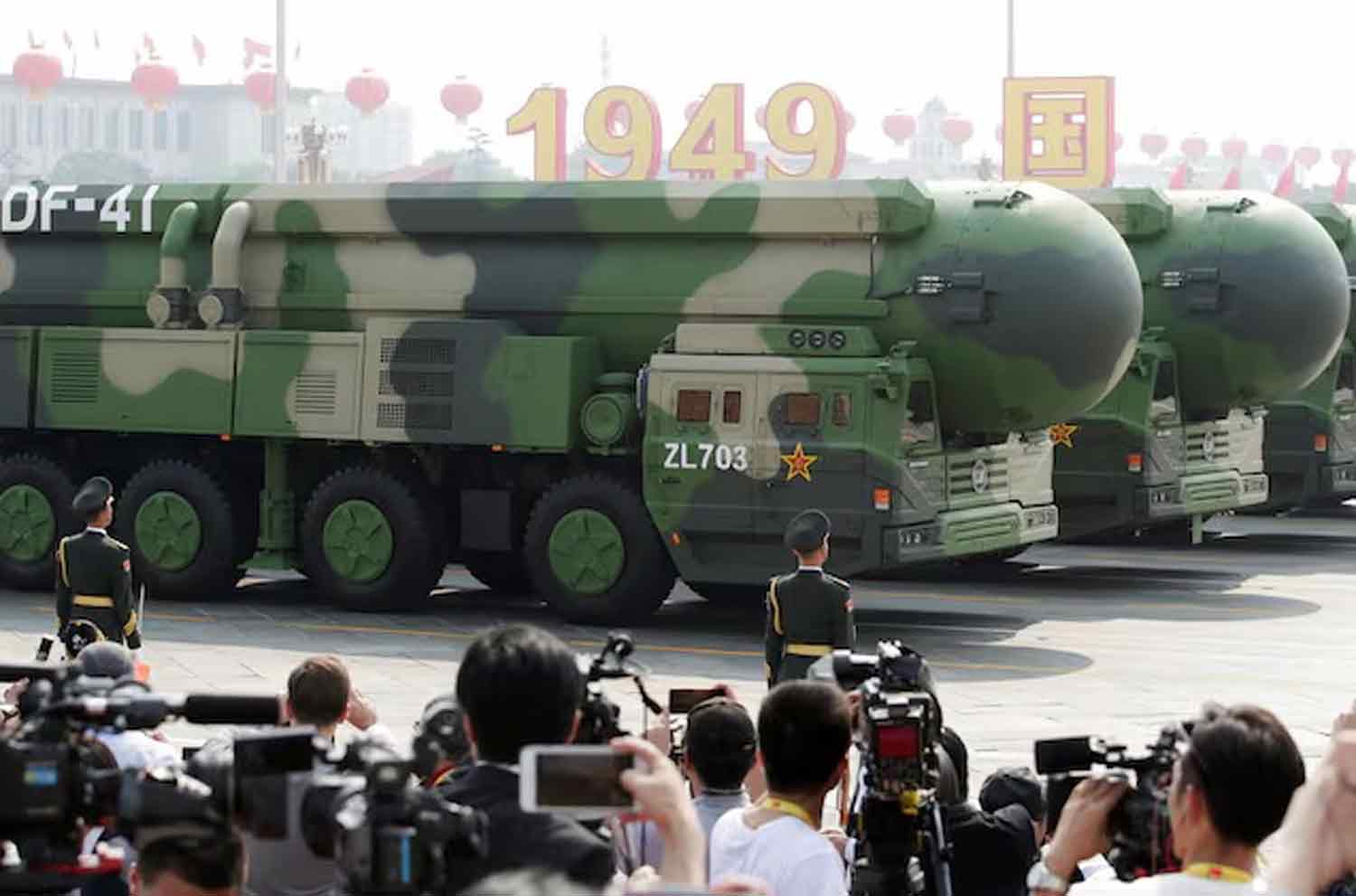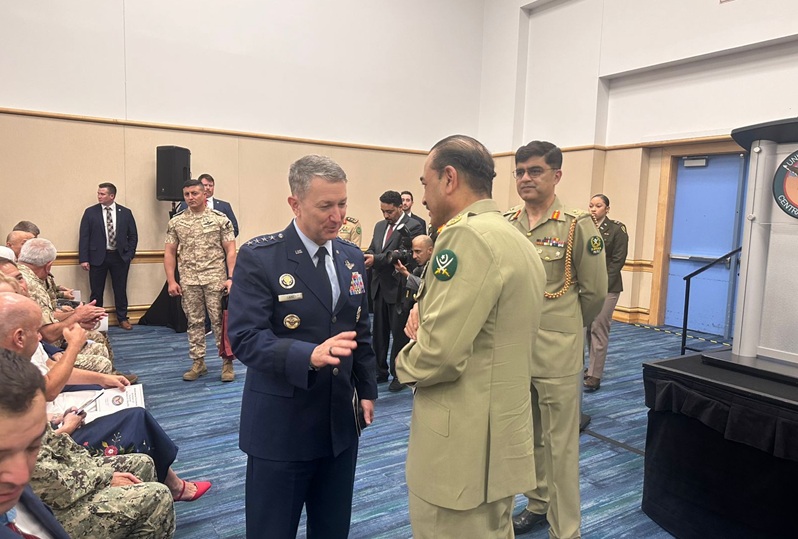On September 3, 2025, President Donald Trump ignited a global firestorm with a blistering Truth Social post during China’s colossal Victory Day military parade in Beijing, a spectacle commemorating the 80th anniversary of Japan’s surrender in World War II. The post read: “May President Xi and the wonderful people of China have a great and lasting day of celebration. Please give my warmest regards to Vladimir Putin, and Kim Jong Un, as you conspire against The United States of America.” This incendiary accusation, dripping with sarcasm, targeted Chinese President Xi Jinping, Russian President Vladimir Putin, and North Korean leader Kim Jong Un, whose rare joint appearance amplified the post’s impact. With the world watching China’s display of military might, Trump’s words landed like a verbal grenade. What lurks beneath this audacious attack, and how does the Victory Day parade fuel its seismic implications? Let’s dissect the subtext and fact-check for accuracy.
The Victory Day Parade: A Global Power Play
The 2025 China Victory Day Parade, officially the “Conference to Commemorate the 80th Anniversary of the Victory of the Chinese People’s War of Resistance Against Japanese Aggression and the World Anti-Fascist War,” was a jaw-dropping assertion of China’s military dominance and diplomatic clout. Staged on Beijing’s Chang’an Avenue, the 70-minute extravaganza showcased thousands of goose-stepping troops, over 100 aircraft, and cutting-edge weaponry: hypersonic missiles, stealth FH-97 drones, and the fearsome DF-5C nuclear missile.
Senior PLA officer Wu Zeke boasted of “new-type combat capabilities,” a testament to Xi Jinping’s sweeping military reforms, which birthed the Aerospace and Cyberspace Forces. This was no mere commemoration—it was a warning to the world. The parade doubled as a diplomatic coup. Xi, flanked by Putin and Kim in a striking tableau of defiance, hosted 26 leaders from nations like Iran, Myanmar, Indonesia, and Serbia. The conspicuous absence of most Western leaders—only Serbia’s Aleksandar Vučić and Slovakia’s Robert Fico attended—spoke volumes, a silent protest against Putin’s role in Ukraine. Held days after the Shanghai Cooperation Organisation (SCO) summit, the parade cemented China’s bid to lead a rival global order, challenging U.S. dominance.
Xi’s speech leaned heavily on China’s “huge national sacrifice” in World War II, claiming 35 million casualties and the defeat of 1.5 million Japanese troops, while sidelining Western contributions and elevating the Chinese Communist Party (CCP). Taiwan’s sharp rebuke, decrying the parade’s $5 billion price tag and the CCP’s inflated wartime role, added tension to the narrative.
Decoding Trump’s Verbal Grenade
Trump’s post is a masterstroke of his combative playbook, fusing faux civility with a gut-punch accusation. Here’s the subtext fueling the fire:
1. Sarcasm as a Molotov Cocktail:
The “warmest regards” to Putin and Kim, paired with the charge of “conspiring against The United States,” is Trump at his most caustic. It’s a deliberate taunt, painting the trio as a sinister cabal while grabbing global headlines. This aligns with his Truth Social track record—over 330 conspiracy-laden posts—designed to electrify his base and dominate discourse.
2. Historical Grudge as Ammunition:
Trump’s reference to America’s World War II sacrifices—its “blood” and “massive support” for China—casts Xi as ungrateful, betraying a historical debt. It’s a calculated jab, echoing the parade’s own revisionist history while positioning the U.S. as a wronged hero. This framing demands loyalty from China, amplifying the sting of the conspiracy charge.
3. Conspiracy as a Battle Cry:
The vague yet explosive claim of a conspiracy fits Trump’s pattern of wielding unproven narratives to stoke fear and loyalty. With no evidence provided, the accusation evokes an “axis of evil” specter, resonating with supporters primed for tales of global betrayal. The parade’s image of Xi, Putin, and Kim together lends visual weight to this narrative, making it a potent rallying cry.
4. Geopolitical Middle Finger:
By publicly slamming the trio, Trump projects unyielding strength, casting himself as America’s shield against a hostile bloc. Yet, his earlier claim to reporters of a “very good relationship” with Xi and dismissal of the parade’s threat muddies the waters, suggesting this is less about policy and more about theatrical posturing to overshadow domestic woes.
Implications: A World on Edge
The Victory Day parade’s grandeur amplifies the shockwaves of Trump’s post:
– Domestic Firestorm: The post is red meat for Trump’s base, framing Xi, Putin, and Kim as a diabolical trio plotting America’s downfall. It diverts attention from domestic scandals like the Epstein files or trade war fallout, but its bombast risks alienating moderates, deepening America’s partisan chasm. The parade’s optics—three sanctioned leaders united—make Trump’s narrative viscerally compelling.
– Global Powder Keg: The accusation could ignite tensions with China, already battered by Trump’s tariffs. The Kremlin’s coy dismissal of the claim as “ironic” contrasts with the potential for China or North Korea to take offense, especially as Kim’s rare trip and Putin’s defense pact with him signal tighter ties. The parade’s arsenal—hypersonic missiles, stealth drones, nuclear warheads—underscores China’s readiness, particularly on Taiwan, making Trump’s rhetoric a dangerous spark.
– Diplomatic Collateral Damage: The parade’s Western boycott, juxtaposed with Global South attendance, highlights a fracturing world order. Trump’s post risks isolating allies like Japan, wary of China’s anti-Japanese rhetoric, while undermining U.S. credibility with its lack of evidence. His Truth Social diplomacy—bypassing formal channels—may confuse partners like NATO, who crave predictability.
– Tinderbox of Miscalculation: The parade’s military flex, coupled with Putin and Kim’s presence, signals a defiant anti-Western alliance. Trump’s reckless charge risks misinterpretation by Beijing or Pyongyang, potentially escalating flashpoints like the Taiwan Strait or Ukraine. Without substantiation, the “conspiracy” claim could backfire, weakening U.S. leverage while emboldening adversaries.
A Global Gamble
President Trump’s Truth Social tirade, set against the electrifying backdrop of China’s Victory Day parade, is a high-octane provocation. The parade’s display of military prowess and anti-Western unity gave Trump the perfect stage to lob his verbal grenade, accusing Xi, Putin, and Kim of a grand conspiracy. While it rallies his faithful and seizes the spotlight, the post’s lack of evidence and fiery tone threaten to inflame tensions, alienate allies, and destabilize an already volatile world. As China asserts its vision for a new global order, Trump’s words risk lighting a fuse in a geopolitical tinderbox.
Discover more from Defence Talks | Defense News Hub, Military Updates, Security Insights
Subscribe to get the latest posts sent to your email.





